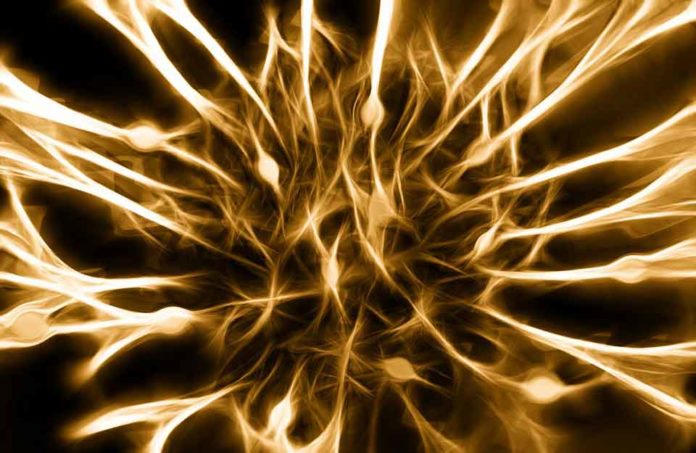Neuroscientists are building up a clearer picture than any time in recent memory of how the animal brain processes social information, from status and competitive advantage in a group to the calls and vocalizations of companions.
Scientists conducted the study on mice and marmosets to understand a range of disorders characterized by shortages in a social function and distinguish mechanisms that could likewise work in the human cerebrum.
During the study, scientists used MRI to track brain cells activity, neuronal viral tracing, and positron emission tomography (PET). It helps them observe and track brain activity during experimental social interactions. Though, numerous regions of the cerebrum are normal crosswise over mammal, having the capacity to picture a mouse mind responding to a social interaction, or view the handling of vocalizations at a neurological level, could be important in understanding the human brain.
Kay Tye, Ph.D., of the Massachusetts Institute of Technology, said, “The ability to zoom into areas of the brain and watch communication or interaction being processed in such detail provides fascinating information. Whether for a perception of vocalization and communication or a social rank in a competitive situation, we are beginning to build up a picture of normal brain processing of social interaction that opens opportunities for strategies to treat dysfunction and disorders that affect social function.”
The research found that:
- Blocking or genetically turning off the receptors for a specific neuropeptide reduces aggressive behavior in mice, offering a promising route for treatment of people with social disorders that manifest themselves in aggression (Scott Russo, abstract 416.03).
- A small subset of cells in the mouse brain determines their social rank and competitive success, offering a window into mechanisms underlying competitive behavior and social learning (Ziv Williams, abstract 110.01).
- Marmosets can discriminate between their peers based on their vocalizations and show an increased neural response to calls from single individuals compared to calls from multiple individuals. The underlying neural response suggests there is a shared neural mechanism for the perception of vocalizations in marmosets and humans (Atsushi Iriki, abstract 364.12).
- Circuits controlling vocalizations in mice are both embedded in and recruited from brain networks that control social behavior, furthering our knowledge of the neural basis of social communication (Richard D. Mooney, abstract 407.10).
The research is presented today at Neuroscience 2018, the annual meeting of the Society for Neuroscience and the world’s largest source of emerging news about brain science and health.
